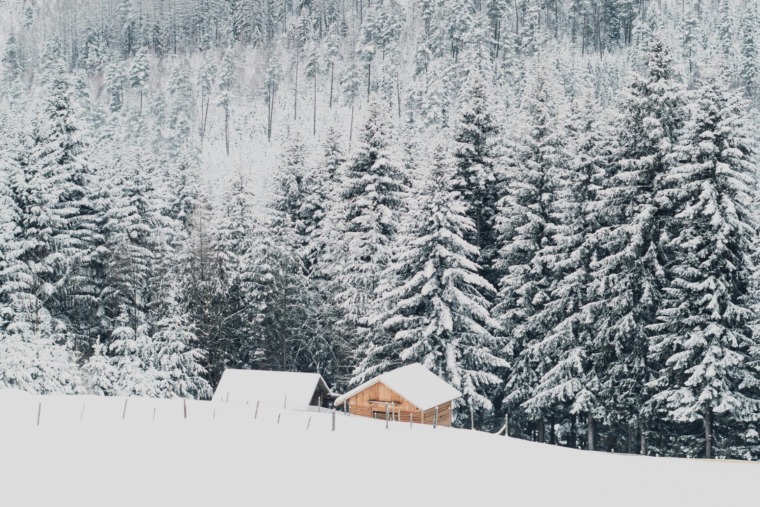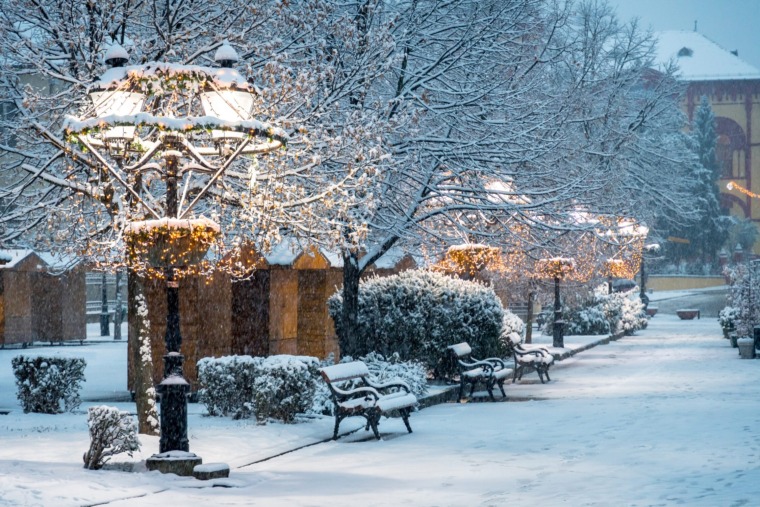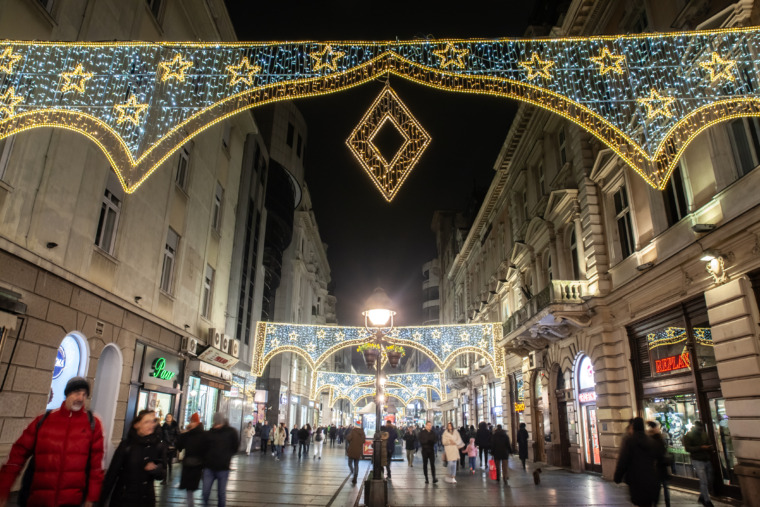
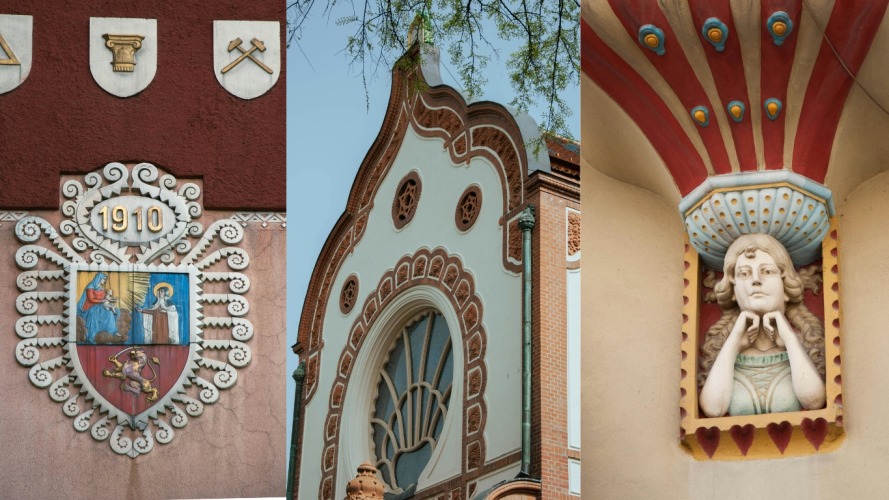
Nestled in northern Serbia, near the Hungarian border, the city of Subotica stands as a vibrant blend of cultures, colors, and architectural marvels. Known for its unique fusion of Hungarian Secessionist (Art Nouveau), Gothic, and Neo-Baroque styles, Subotica is arguably the most visually captivating city in Serbia.
From ornate synagogues to towering churches and whimsical civic buildings, each street corner feels like a walk through a finely curated museum of European design.
The Subotica Synagogue: A Jewel of Hungarian Art Nouveau
One of the most remarkable buildings in all of Serbia is the Subotica Synagogue. Completed in 1902, it’s the second largest synagogue in Europe and a masterpiece of the Hungarian Secession movement.
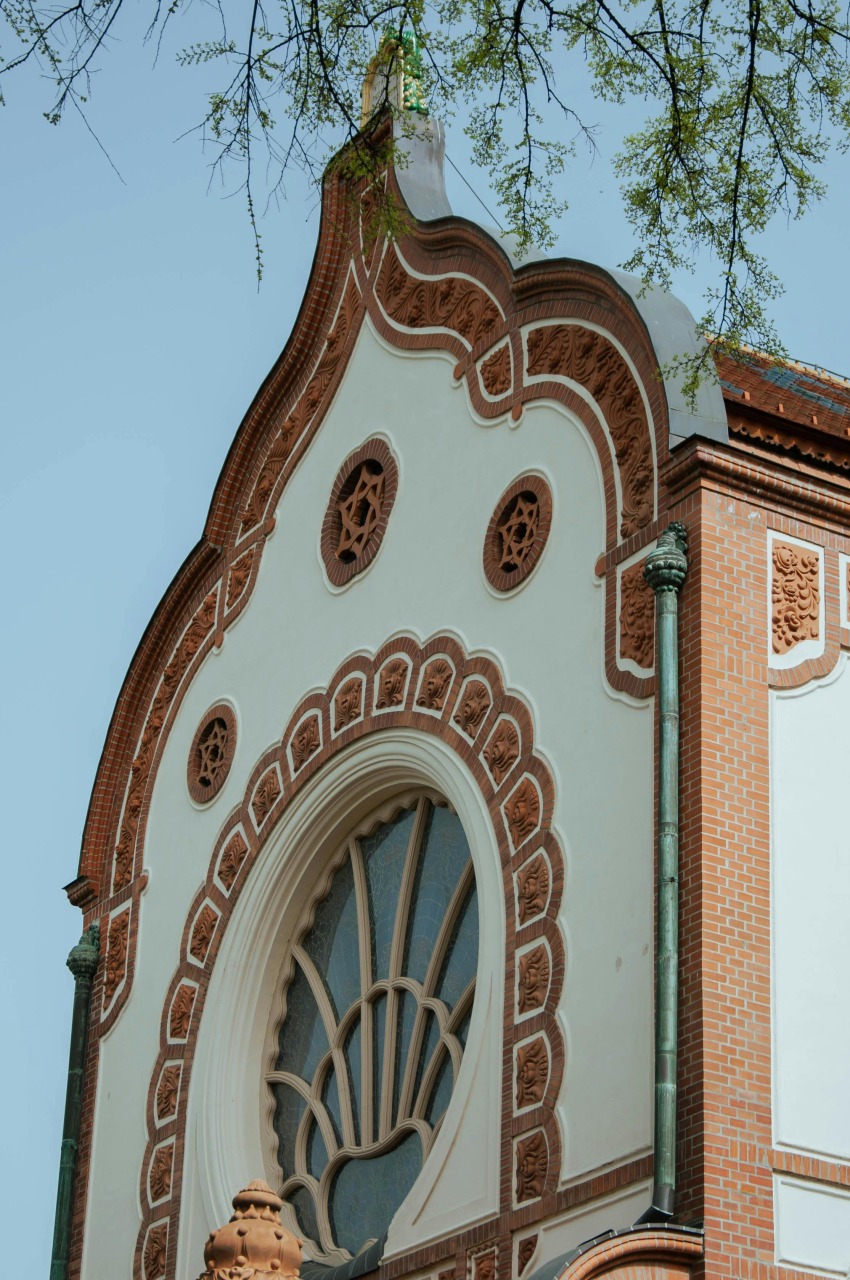
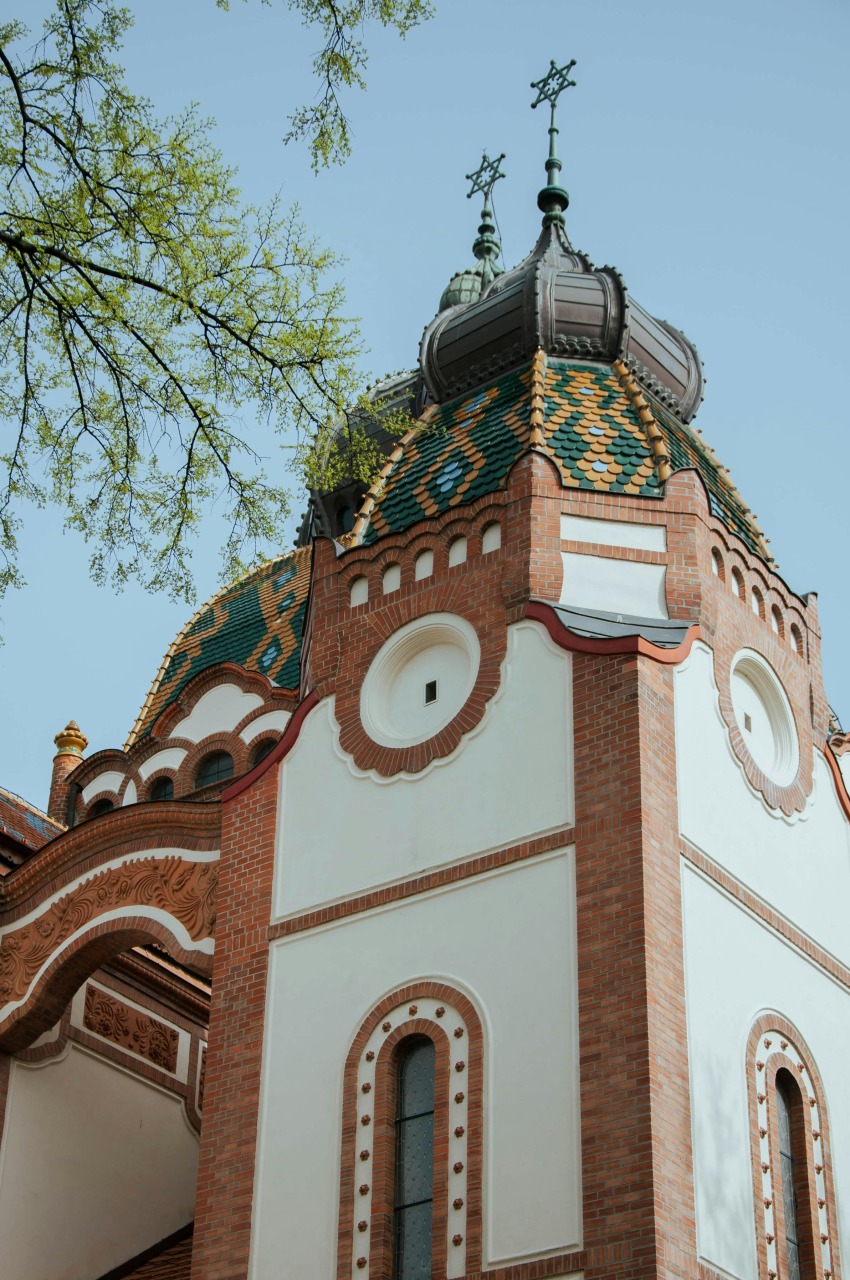
Its facade blends red brick with flowing white plasterwork and colorful Zsolnay ceramic tiles on the domes, creating a dreamlike aesthetic. The Moorish arches and floral motifs make it not only a place of worship but a powerful symbol of Subotica’s multicultural past.
Did you know? The interior of the synagogue is just as stunning – a kaleidoscope of stained glass, gold detailing, and intricate woodwork.
The Cathedral of St. Theresa of Avila: Baroque Grandeur
The magnificent Cathedral of St. Theresa of Avila, Subotica’s Catholic cathedral was built in the 18th century. Towering twin spires and a richly detailed facade reflect the elegance of Baroque architecture with subtle Classicist elements.
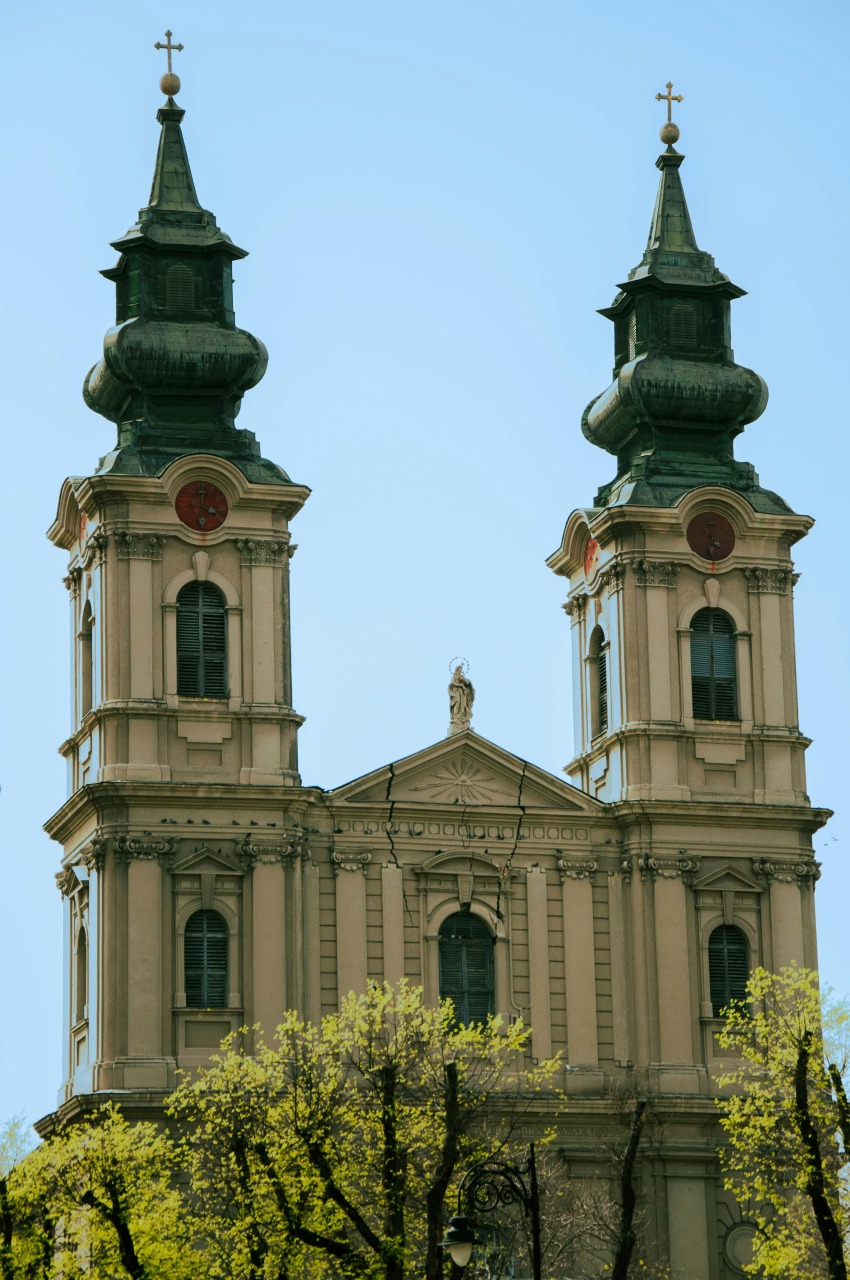

The church is named after the Spanish saint Teresa of Ávila and is one of the tallest and most majestic buildings in the city. Step inside, and you’re greeted by soaring ceilings, classical frescoes, and a sense of solemn grace.
A City That Breathes Art Nouveau
Beyond religious buildings, Subotica is a living gallery of Art Nouveau architecture. The city’s center features several remarkable civic structures such as:
- The City Hall, with its fairytale-like towers and colorful tile work.
- The Raichle Palace, now home to the Modern Art Gallery, once a family mansion built by the visionary architect Ferenc Raichle himself.
- Subotica National Theatre, a perfect harmony of Neoclassicism and Secessionist elegance.
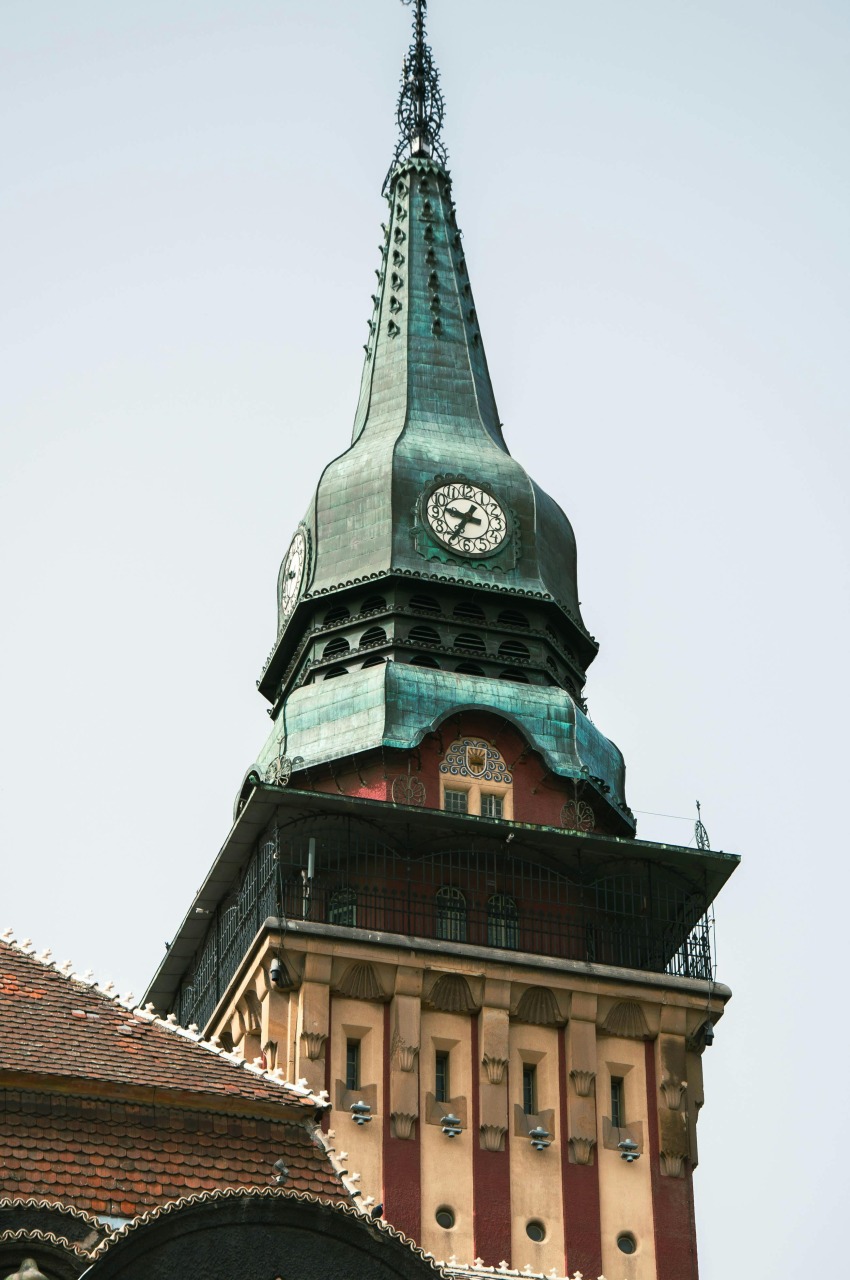
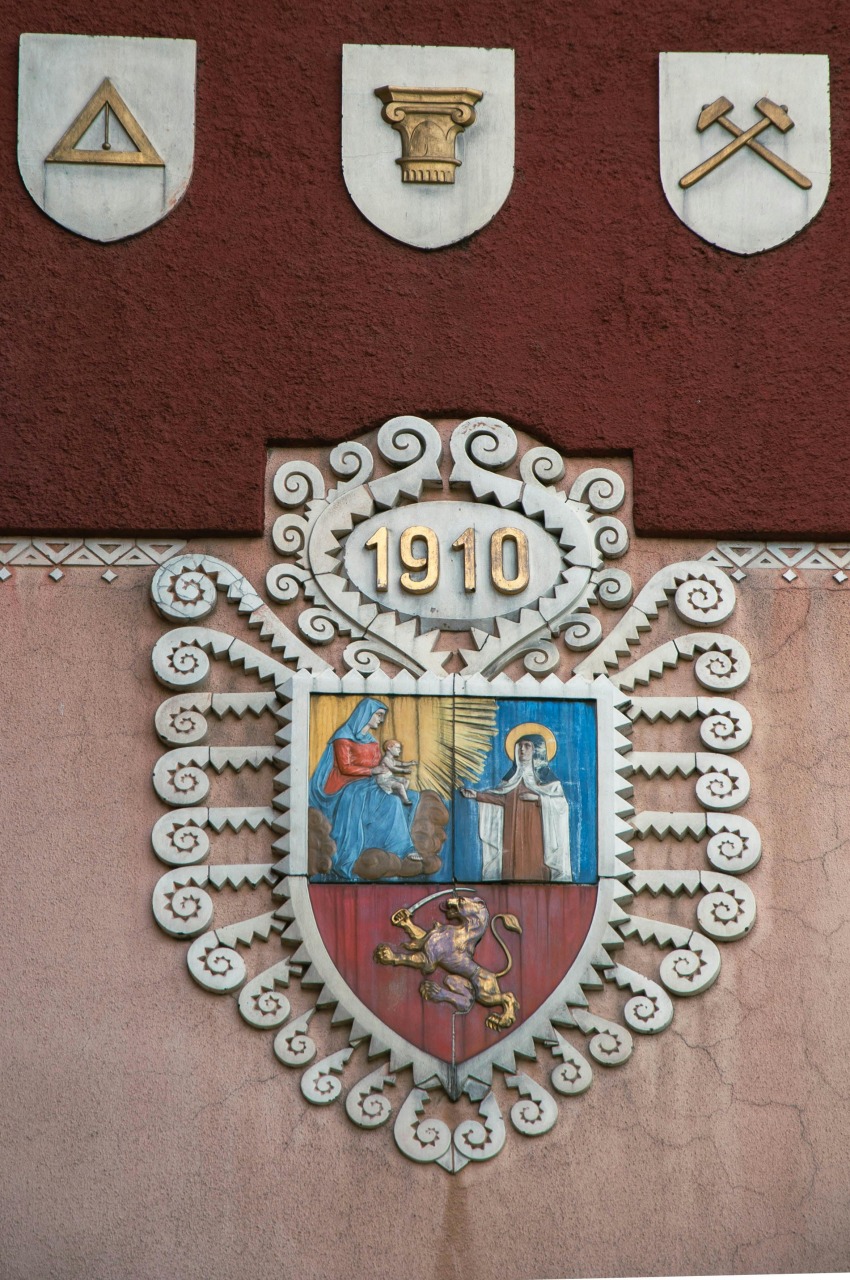
The playful use of curves, ornamental ironwork, and asymmetrical shapes makes the city feel both whimsical and sophisticated.
Architectural Harmony in Diversity
Subotica’s architecture is a direct reflection of its multicultural roots – shaped by Hungarian, Serbian, Croatian, Jewish, and Bunjevac influences. This cultural fusion not only gives it aesthetic uniqueness but a deep sense of historical resonance.
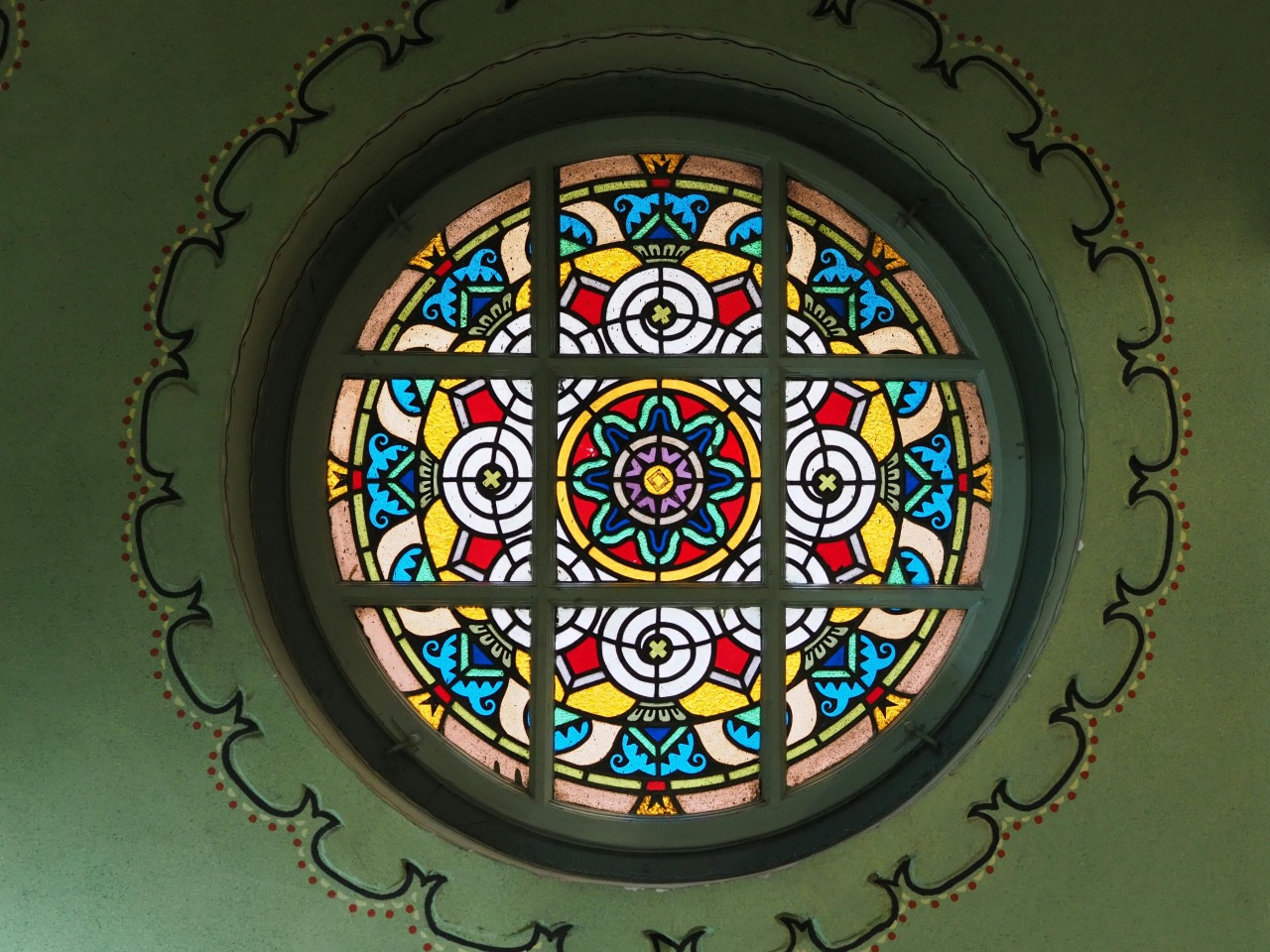
Walking through Subotica, you don’t just see buildings – you experience stories written in stone, tile, and stained glass.
Planning Your Visit
📍 Where: Subotica, Vojvodina, northern Serbia
🕰️ Best time to visit: Spring to early autumn (April–October)
📸 Photography tip: Visit in the morning or golden hour for the best light on domes and facades.
Subotica is more than a city – it’s a visual love letter to European architecture. Whether you’re an art enthusiast, a historian, or simply a traveler looking to be inspired, Subotica offers a one-of-a-kind journey through time, style, and spirit.
Related Articles

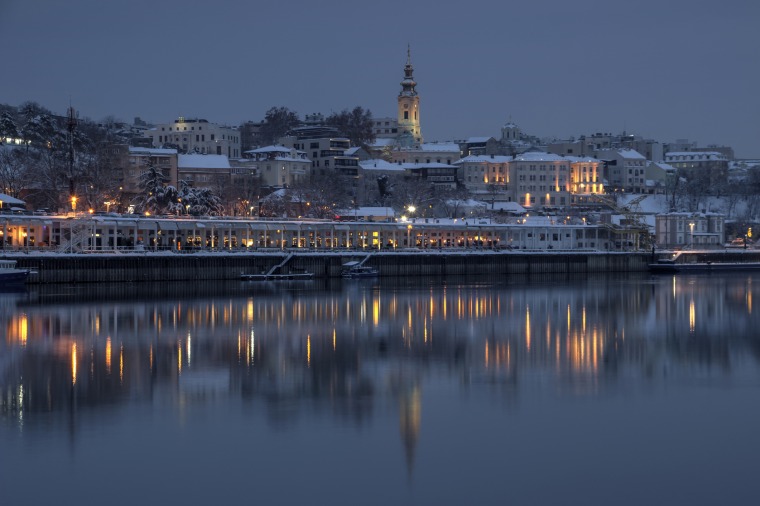
Belgrade in December: A City of Lights, Warmth, and Holiday Magic
December 5, 2025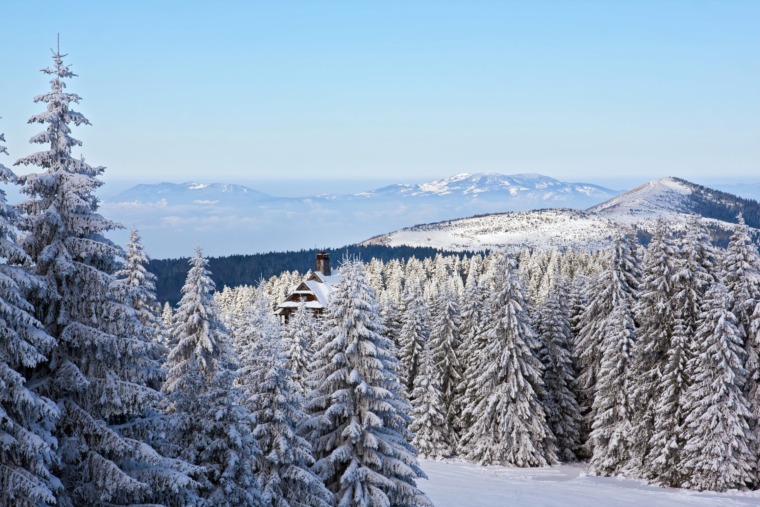
Kopaonik in December: Serbia’s Top Winter Destination
December 4, 2025